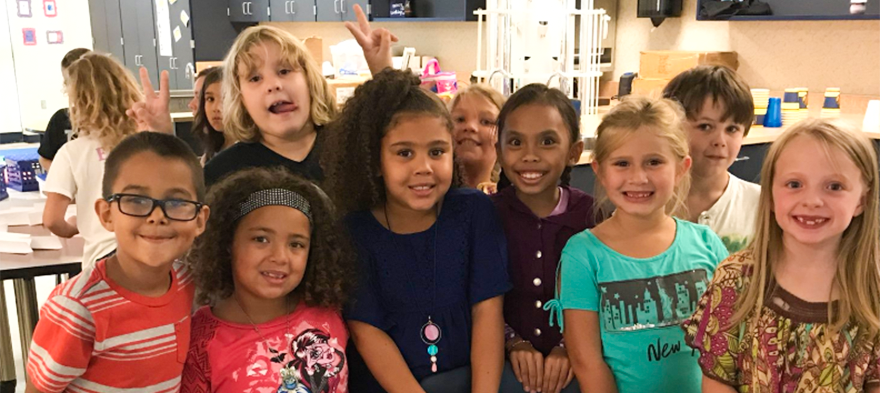
Nov 8, 2018 12:00:00 AM
Rebecca Bersani is the STEAM instructor for grades 1-6 at the Blue Academy Elementary School, a part of the MSD of Decatur Township, a nationally recognized school district that uses an innovative and personalized, small-learning community approach. Bersani believes a critical component to teaching is knowing each student and recognizing them as both individual learners and equal in a classroom. She has an undeniable passion for teaching and creativity in technology and is committed to fostering environments that encourage creativity.
Few issues in education spark more tension and debate than standardized testing. Are they a tool for equity or a burden on students? A necessary check on school systems or a flawed measure of...
Charter schools are public schools with a purpose. Operating independently from traditional school districts, they're tuition-free, open to all students, and publicly funded—but with more flexibility...
Despite the benefits of a diverse teaching force, prospective teachers of color fall out of our leaky preparation pipeline at every stage: preparation, hiring, induction, and retention. Here’s what...
Ed Post is the flagship website platform of brightbeam, a 501(c3) network of education activists and influencers demanding a better education and a brighter future for every child.
© 2020-2025 brightbeam. All rights reserved.
Leave a Comment